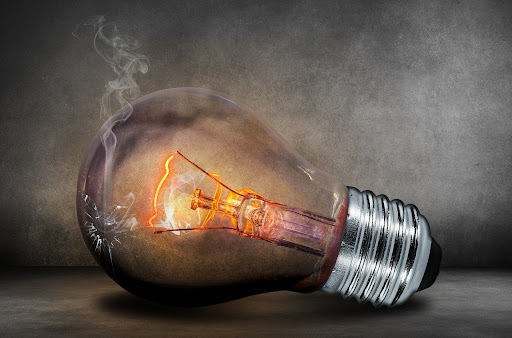 Loading... Please wait...
Loading... Please wait...Save Money. Grow Your Own!
Fast Plain Box Shipping.
We ship to the US & Canada.
Grow Your Own!
An Easy Guide To Choosing The Right Grow Lights
Posted on 24th Apr 2022
When you are looking to start growing your own plants, it is important that you have the right tools for the job. One of the most important pieces of equipment for any indoor garden is a good set of grow lights. Not all grow lights are created equal, so it is important to do your research and find the right ones for your needs. In this article, we will provide an easy guide to choosing the right grow lights for your indoor garden!

Grow Lights
The first step in choosing the right grow lights is to understand what they are and how they work. Grow lights are artificial light sources that are used to simulate the natural sunlight that plants need for photosynthesis. They come in a variety of shapes, sizes, and colors, but all serve the same basic purpose. Grow lights can be used to supplement natural sunlight or to provide the sole source of light for your plants. There are a few different types of grow lights that you can choose from, each with its own set of benefits and drawbacks. The most common are grow lights for hydroponic setups, fluorescent grow lights, and high-intensity discharge (HID) lights. Each type will be thoroughly discussed in the text down below. Also, all their characteristics will be explained in detail.
Hydroponic Grow Lights
The most common type of grow light is lights for hydroponic setups which are designed to be used in hydroponic gardens that use a water-based growing medium instead of soil. These lights are typically more expensive than other types of grow lights, but they offer a number of benefits. Hydroponic grow lights are usually brighter and provide a more uniform light than other types of grow lights, making them ideal for plants that need a lot of light. They are also less likely to overheat, which can be a problem with some other types of grow lights.
Fluorescent Grow Lights

The next type of grow light is fluorescent grow lights. Fluorescent grow lights are the most popular type of grow light for indoor gardens. They are relatively inexpensive, easy to set up and provide a good amount of light for most plants. Fluorescent grow lights come in two different varieties: compact fluorescent lights (CFLs) and light-emitting diodes (LEDs). CFLs are the more common type of fluorescent grow light, and they produce a soft, diffused light that is ideal for seedlings and young plants. LEDs are a newer type of fluorescent grow light, and they produce a brighter, more focused light that is better suited for mature plants.
High-Intensity Discharge (HID) Lights
The last type of grow light is high-intensity discharge (HID) lights. HID lights are the brightest type of grow light, making them ideal for plants that need a lot of light. However, they are also the most expensive type of grow light and require a bit more setup than other types of grow lights. HID lights come in two different varieties: metal halide (MH) and high-pressure sodium (HPS) lights. MH lights produce a blue-tinged light that is ideal for vegetative growth, while HPS lights produce a red-tinged light that is better for flowering and fruiting.
Choosing The Right Grow Lights For Your Plants
Now that you know the basics of grow lights, it's time to choose the right ones for your plants! The first step is to determine how much light your plants need. This will vary depending on the type of plant you are growing and its stage of growth. Seedlings and young plants typically need 12-16 hours of light per day, while mature plants usually only need around eight hours of light per day. Once you know how much light your plants need, you can choose the right type of grow light to provide it.
If you are only growing a few plants, or if you are growing plants that don't need a lot of light, fluorescent grow lights are a good option. They are relatively inexpensive and easy to set up, and they provide plenty of light for most plants. If you are growing plants that need a lot of light, HID lights are the best option. They are more expensive and require a bit more setup, but they will provide your plants with the intense light they need to thrive.
No matter what type of grow light you choose, be sure to follow the manufacturer's instructions carefully to ensure that your plants get the right amount of light. Too much light can be just as harmful as too little, so it is important to find the perfect balance for your plants. With a little trial and error, you will be able to find the perfect grow lights for your plants, and you will be well on your way to a successful harvest. Happy growing!
